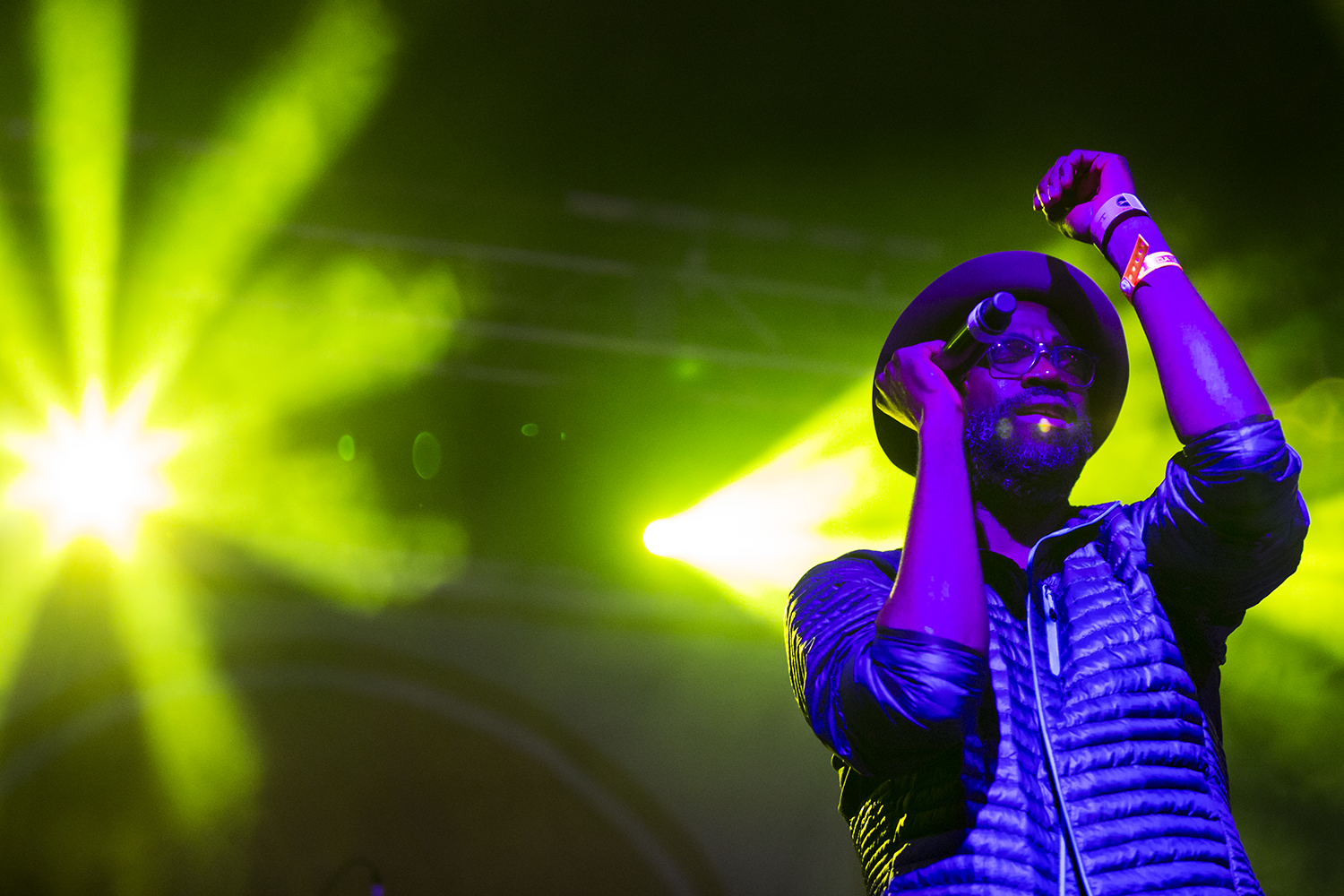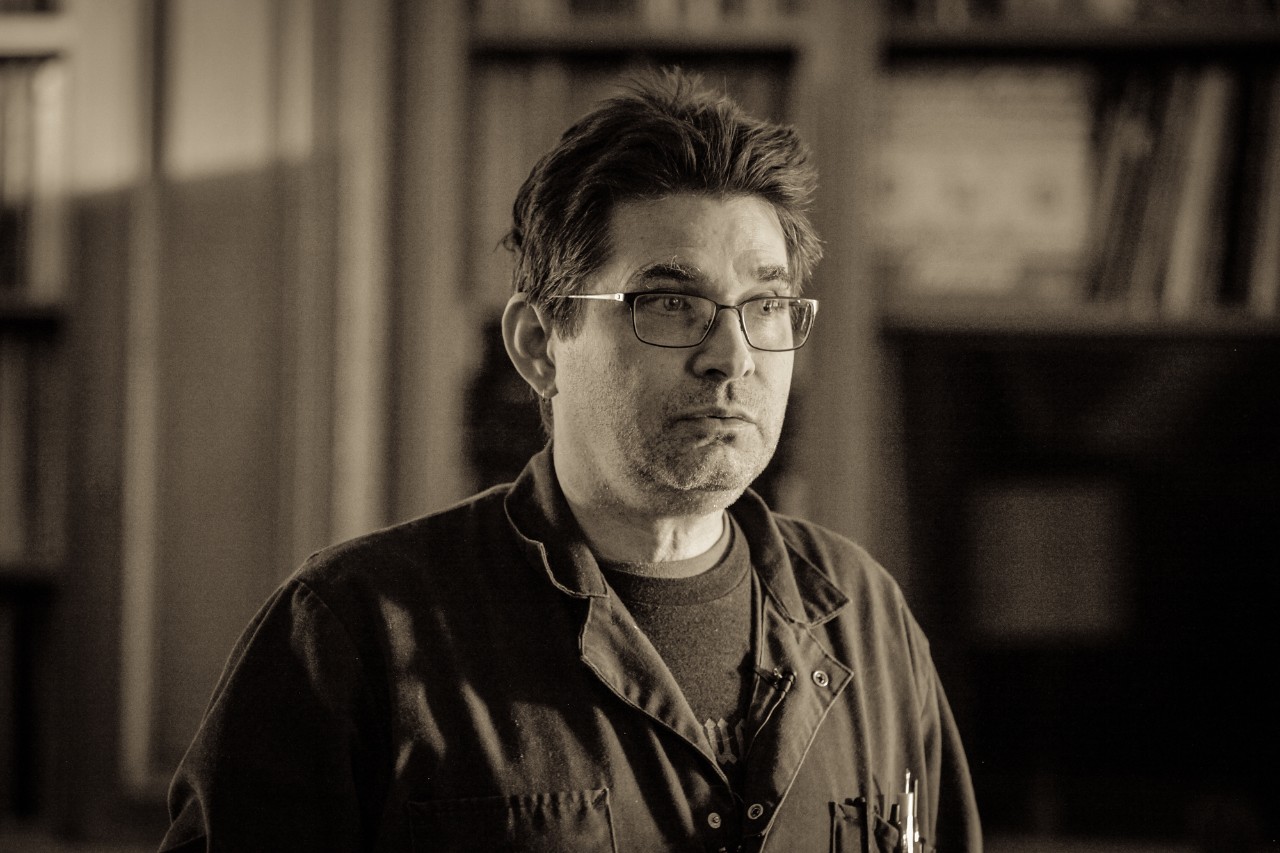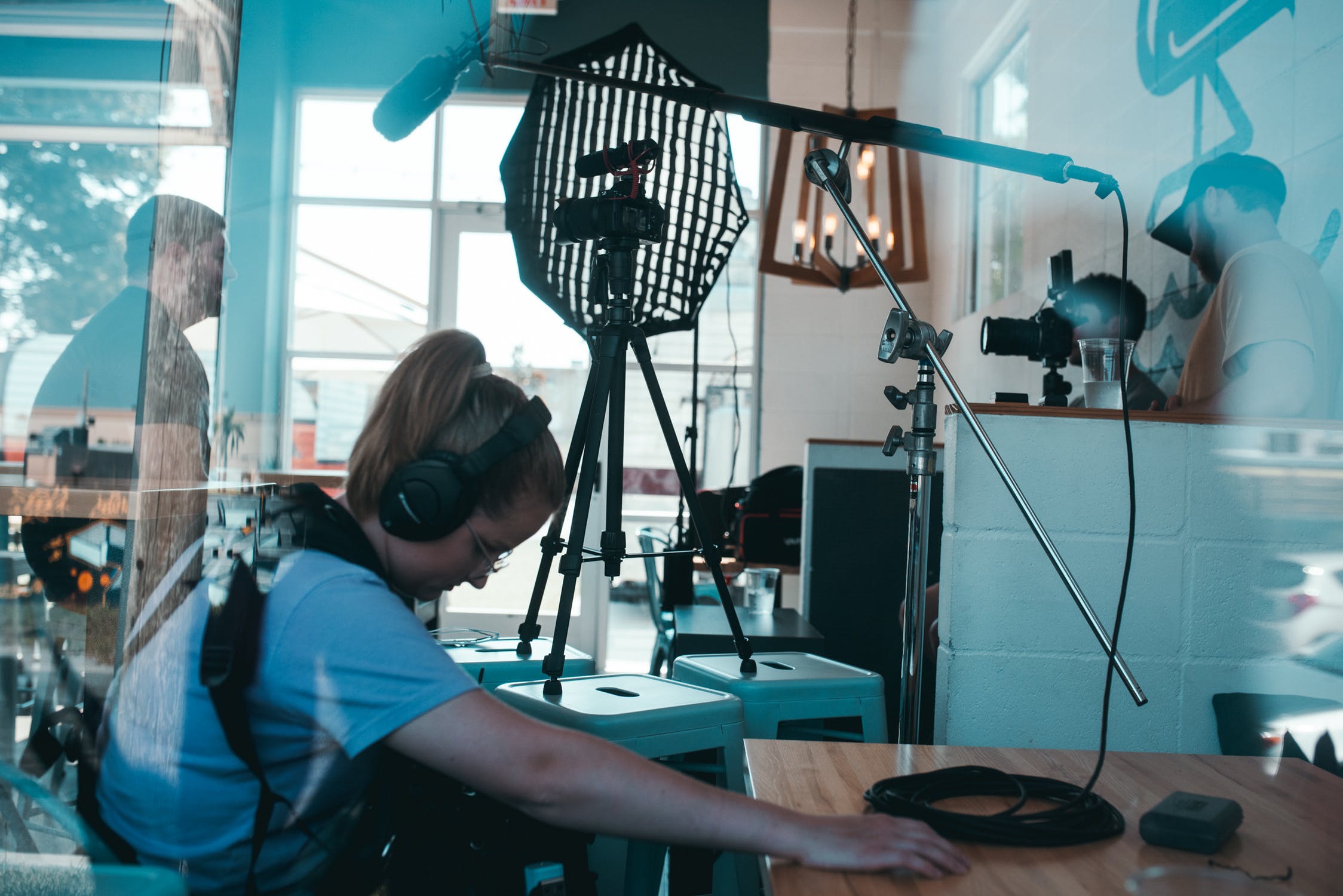
Recording and Mixing Indie Rock in Spire Studio
Using Spire’s specialized recording effects, we’ll break down how to achieve some of indie rock’s coolest sounds while creating your own indie rock song in Spire Studio.
Explore this article’s session file to dive into a fully formed indie rock production in the Spire app.
Though each group approaches the genre in a specialized way, crunchy guitar tones, odd song arrangements, lush mixes, and quirky melodies are all significant factors of indie rock music. Artists like The Strokes and The Killers brought indie rock into the limelight in the early aughts, since passing the torch to artists like Kurt Vile, Grizzly Bear, Big Thief, and Tame Impala, who have each found huge success as indie rock artists in the mainstream.
With guitars and vocals playing a huge role in the sonic palette of indie rock, the recording features of Spire Studio offer a wide variety of options in capturing the indie vibe. With Spire’s stacked amp simulators and new vocal effects, recording your own rocking indie song is all within the power of your own creativity.
Let’s break down the signature qualities of indie rock, from punchy drums to lush fuzz-guitar tracks, and apply them to Spire’s recording capabilities to help you create your own indie rock song in Spire Studio along with tips on how to mix the music. Let’s dive in first with the rhythm section.

Tunde Adebimpe of TV on the Radio
Loose and live
Rock and roll was built on feeling, intuition, and groove, and indie rock is no different. A great rhythm section in any indie rock band—despite whatever sub-genre or added flavor they might bring—should be playing in the pocket, but also playing with a looseness that gives the music a live, spontaneous feel.
You can approach this method in Spire Studio several ways. Firstly, you can mic the drums in a noise-controlled room. By placing two quality microphones in the right spots (in front of the kick and between the hi-hat and snare are great places to start), Spire can pick up all that it needs to. Running the snare/hi-hat mic through a low-reverb effect like Warm Voice or Acoustic Shaper can also create a live room effect in your drum tracks.
If you choose to go with a drum machine or drummer emulator, running these through Warm Voice would create the perfect live room sound. However, if you’re already happy with your drum sounds without any effects, then track them dry; clean drum sounds are always welcome in the indie rock realm.
As usual, bass players have the distinct responsibility of holding things down. While players like Grizzly Bear’s Chris Taylor and Tame Impala’s Kevin Parker are known for their more involved bass lines, indie rock bass players tend to stick to a pocket style of playing that serves as the song’s solid underbelly.
There’s no question that Spire’s Bass Amp simulator is the right way to go when recording your own indie rock song. With ample drive, low end, and optional boost, the bass amp fills up EQ space where it needs to and adds a warm, yet distinct low end tone to your project.

Gruff Rhys of Super Furry Animals
Fuzz, reign o’er me
Distorted electric guitars are the staple of any indie rock song. Ever since the mainstream explosion of bands like Sonic Youth, Dinosaur Jr., and Nirvana in the late 80s, guitars and their various fuzz effects have become indie rock’s calling card, and often the defining factor in making an indie rock band standout from the rest.
Spire Studio is packed with great guitar effects, from various distortion options to everything weird and warbly, so in creating your indie rock song, you have plenty of tools to work with. To get started, try narrowing your options down to your amp simulators, and work up from there.
Classic Stack is an ideal effect to start laying down your rhythm guitar tracks. You’ll want to focus on the Drive level depending on the intensity you’re aiming for, but even with the Drive completely off, Classic Stack still delivers a warm, crunchy tone. Turn the Drive level around midway for a substantial fuzz sound, like in the B section of our example.
A major key to getting a unique indie rock guitar sound is using combinations of sounds to create one tone; in our case, we combined Echo Fuzz and Classic Stack to create a punchy, overdriven sound with high definition in our example’s solo section.
One thing to keep in mind when creating your indie rock song is to create layers with guitar tracks. Try saving two tracks for your rhythm guitars, and use another two or three tracks for doubling leads, additional harmony parts, or even just for some background noise. Our example uses six guitar tracks overall; some are doubles, and others are mixed into the background for a subtle guitar kick.

Jenny Lee Lindberg of Warpaint
Vocals and keys, please
Getting a unique vocal tone in an indie rock song is just about as important as getting great guitar tone, but there are a few more obstacles to consider: achieving clarity in your lyrics, and blending your voice into the sonic palette of your song.
There are virtually an inexhaustible amount of production choices for vocals in indie rock, so you’ll need to have a clear understanding of the goal you’re trying to achieve. Are you going for the raw, live sound of Adrianne Lenker, or the more clean, reserved approach of Sufjan Stevens?
With Spire’s vocal effects, you can get your vocals to feel warm, overdriven, or even densely wet. You can also try recording vocals through one of the amp simulators to get a crunchy Jack White sound, or try recording with an effects pedal to get a trippy Kevin Parker sound.
Similarly to vocal production, keyboards should be approached subjectively. While it’s usually a good idea to record a dry keyboard patch, try experimenting at your discretion. Spaces can be an interesting addition to keyboard patches for some added depth and texture.
Add sauce to that mix
The key to any great indie rock mix comes down to the presence of the vocals and guitars.
You’ll want to play with your guitar layers to find a balance that works for you. If you recorded doubles of any of your tracks, pan them to either side—this creates space in the stereo field. Keep big, heavy guitar tones away from the edges unless they’re doubled and panned; try placing these types of sounds just off-center.
Any vocals or leads should be placed either directly in the center of the mix or off-center and should sit comfortably above your rhythm section.
You’ll want to adjust your drum level depending on the intensity of your song. If your song is more soft and sparse, keep it tucked in. If your song is more of an aggressive rocker, don’t be afraid to boost the volume to match your guitars. Keep your bass track centered and slightly lower than your drum level.
Conclusion
From underground sensation to mainstream dominance, indie rock has made its way into our lives for good—and now the torch has been passed to you. Creating your own indie rock song in Spire Studio is as simple as gearing up, pressing record, and letting the magic unfold. Remember to use live room effects to keep your rhythm section feeling loose, lots of fuzz and fun sounds for your wall of guitars, and Spaces and vocal effects to keep your vocal and keyboard textures feeling on point.


